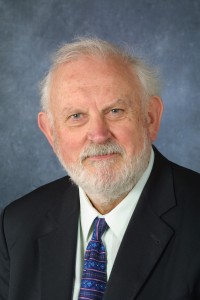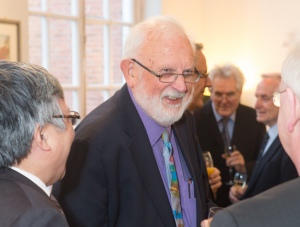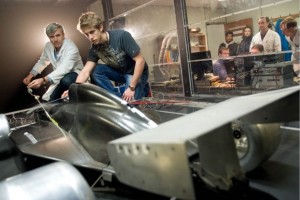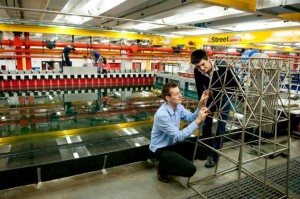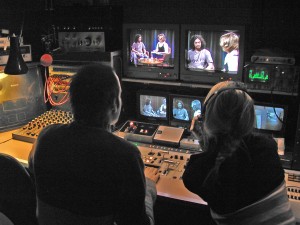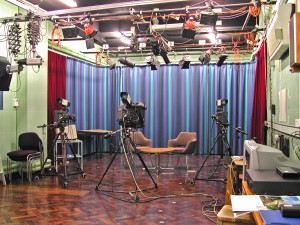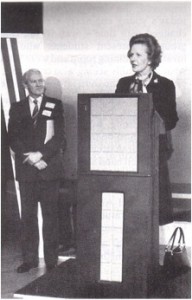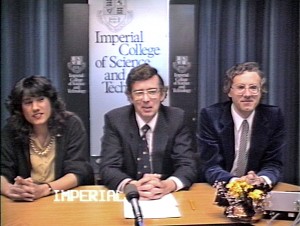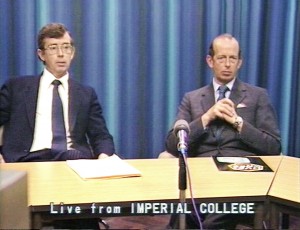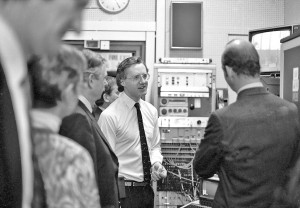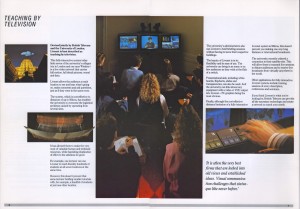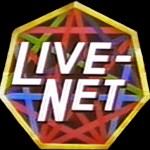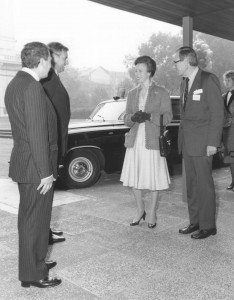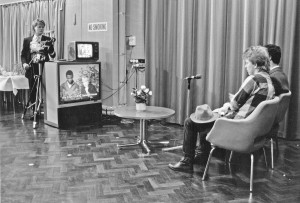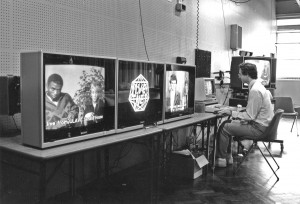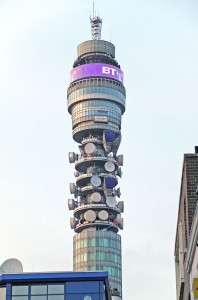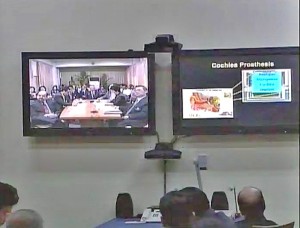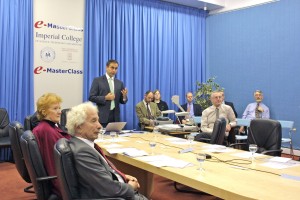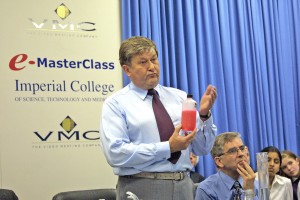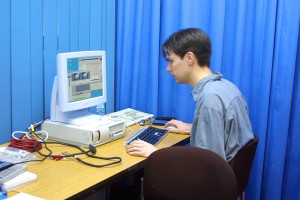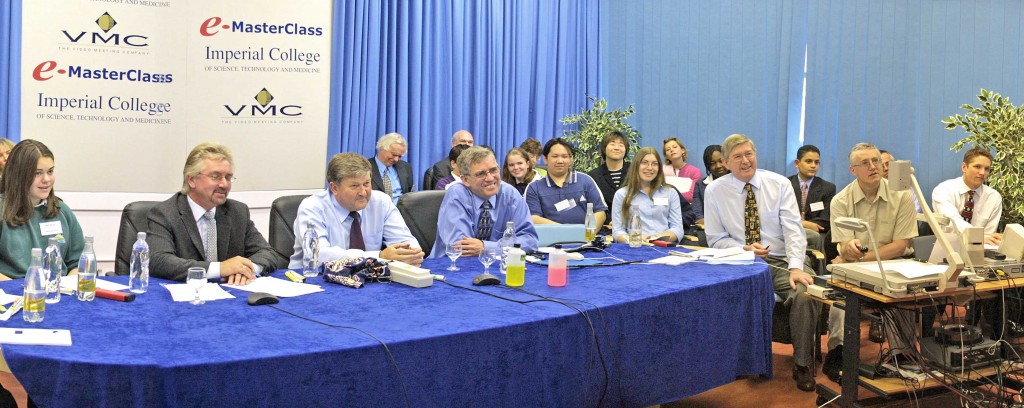26 years ago, in 1987 I made a promotional video for the Department of Materials. 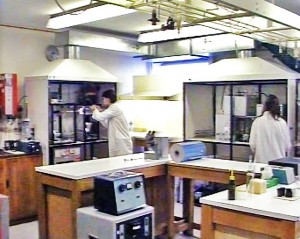 It had a slightly grander title that usual, “Engineering with Atoms: Materials, Science and Engineering at Imperial College”. Once again this video is a treasure of scenes and images of life at Imperial College in the mid 1980’s. And, as with most promotional videos that we made, it contained a large amount of ‘stock footage’ from previous videos and some of this is now notable because of the vast changes that have taken place on the South Kensington campus.
It had a slightly grander title that usual, “Engineering with Atoms: Materials, Science and Engineering at Imperial College”. Once again this video is a treasure of scenes and images of life at Imperial College in the mid 1980’s. And, as with most promotional videos that we made, it contained a large amount of ‘stock footage’ from previous videos and some of this is now notable because of the vast changes that have taken place on the South Kensington campus.
As with all promotional videos an enormous input was required from the actual department in terms of what they needed to say and to show. Getting the words right is vital, so from the department I was aided by colleagues: Kilner, Rawlings, Flower and Walker. The latter two also provided the male and female voice-overs heard on the video. Harvey Flower is notable because of his tragic death in April 2005. He’s also seen in one sequence sitting at an electron microscope and later on he’s standing with his colleague at a departmental party.
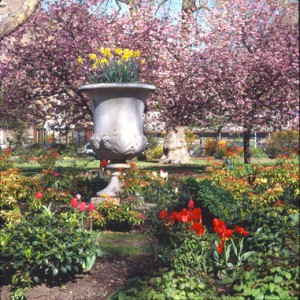 Other worthy mentions are Princes Gardens with its old layout design and masses of colourful summer flowers, along with the original halls of residence. Also making an appearance are the 1960’s frontage of buildings facing onto Exhibition Road; the walkway and JCR. Making it into the video as well is the old swimming pool and tennis courts (located where the new Eastside Halls now stand). I’m fairly certain that the departmental library would have been merged into the central library, so shots of that in the video are also a record of daily life in the department. In fact the whole video is a snapshot of what Imperial College was like in 1987 and a true Video Archive post if ever there was one!
Other worthy mentions are Princes Gardens with its old layout design and masses of colourful summer flowers, along with the original halls of residence. Also making an appearance are the 1960’s frontage of buildings facing onto Exhibition Road; the walkway and JCR. Making it into the video as well is the old swimming pool and tennis courts (located where the new Eastside Halls now stand). I’m fairly certain that the departmental library would have been merged into the central library, so shots of that in the video are also a record of daily life in the department. In fact the whole video is a snapshot of what Imperial College was like in 1987 and a true Video Archive post if ever there was one!
The usual tape problems occurred with the digitisation of this video, so any slight glitches or jumps are due to those problems. As always, if you are seen in this video please do let us know where you are now and what you are doing. Use the reply box below to make contact with me.
Colin Grimshaw August 2013
